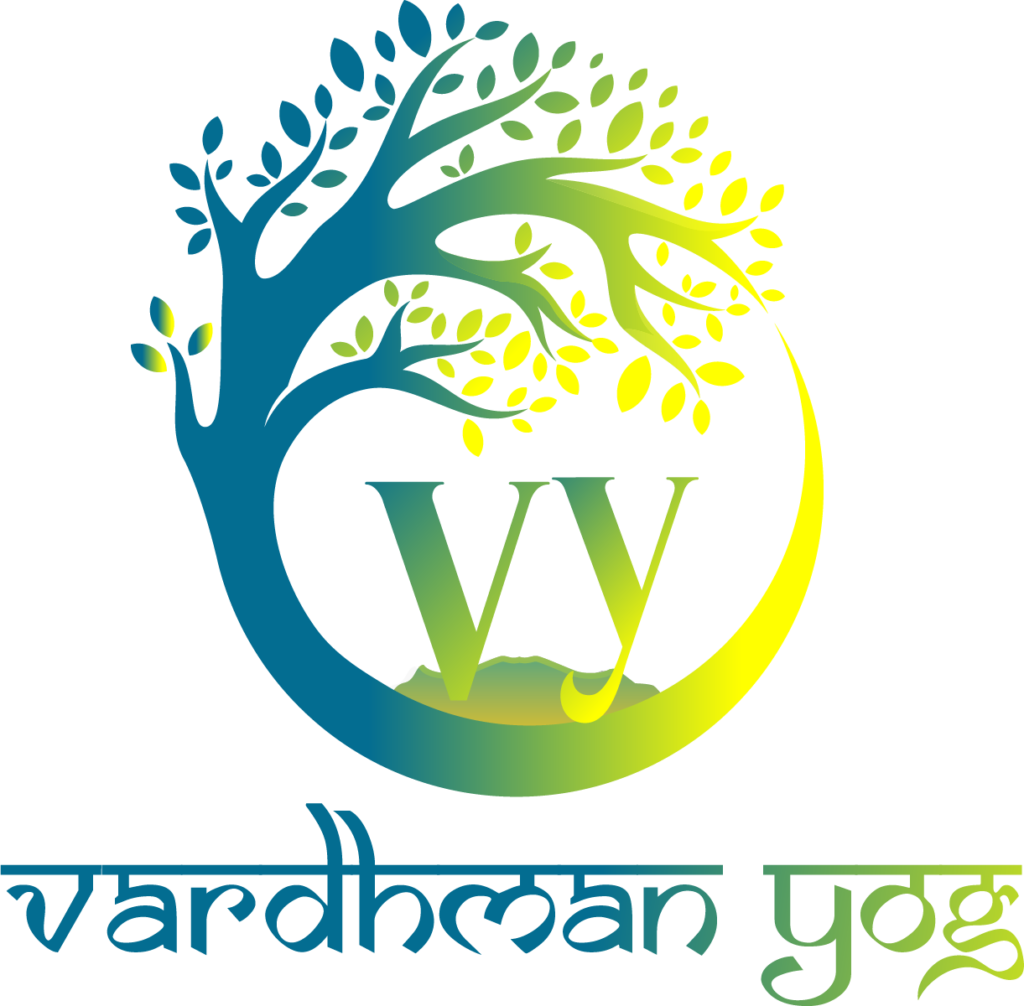FAQs
The ancient word yoga belongs to the Sanskrit language, meaning Union. The yoga practice originated in South Asia during the Indus Valley civilization. Around 200 BC, the first written records of this methodology appeared in Patanjali’s Yogasutra. The system comprises the eightfold path, also known as Ashtanga yoga. The modern world explains the practice of yoga in developing harmony in the body, mind, and environment.
Dhyana (meditation) is a component of total yoga practice. Yoga establishes eight fundamental principles, as mentioned below.
- Society’s ground rules (Yama)
- Self-control rules (Niyama)
- Postures with a low physical impact (Asana)
- Breathing exercises (Pranayama)
- Separation of the mind from the senses (Pratihara)
- Observation (Dharana)
- Relaxation through meditation (Dhyana)
- Total fusion with super consciousness (Samadhi)
Try to do it three times per week at first, with each session lasting about 45 minutes. Increase it to five times per week, for an hour each, after some practice.
Yes, yoga classes are usually risk-free. However, before making a decision, attend one or two trial sessions. It is appropriate to inquire about the teacher’s years of teaching experience.
All you need is a non-slip yoga mat long enough to allow you to lie fully stretched on your back.

